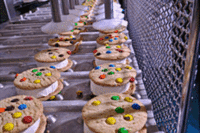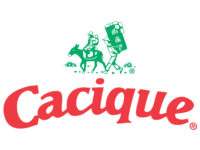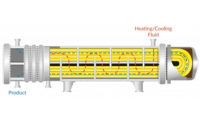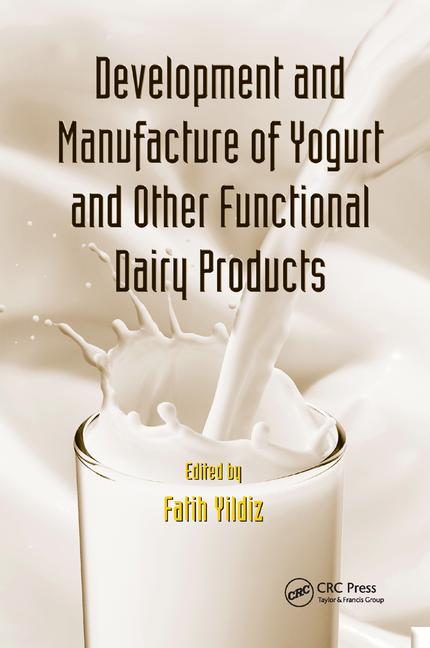The heart (and heat) of dairy processing
Unless you make raw-milk products, you need a pasteurizer and a heat exchanger. A panel of experts answers your questions about pasteurizing milk and nondairy beverages.






Dairy Foods: Discuss the role heat exchangers play in dairy processing. What are some of the best practices that processors should be following?
Lemke:Heat exchangers are usually at the center of the process. Careful attention to the required specification and comparison of competitive design offerings is essential. In many cases there is considerable flexibility in how the application engineer can approach a particular heat exchanger design. Interpretation and assumptions are often asked of the application engineer, however, it’s important for end users and system builders to understand that small variances in temperature profile, heat recovery, system pressure drop and product properties can substantially affect the cost, design and function of the heat exchanger.
Miles: Aside from cleaning, CIP, SIP [sterilize (or sanitize) in place] and preventative maintenance, I would say that matching the product with the process (that is, heating curves from the heat exchangers) is one of the most important practices that processors should be following. This means that production equipment should not be used for R&D. It isn’t designed for it and is very costly.
Bohn: There still are some processors who are not taking advantage of our field leak test. They should take advantage of this valuable service to maintain and monitor one of the key pieces of equipment in their plant.
[Bohn is chairman of the 3-A Sanitary Standards Committee WG-5, which covers all types of heat exchange.] 3-A recently passed a revised standard (3-A 11-09) covering plate type heat exchangers. That new standard reads: “it is recommended that leak detection and visual inspection of all plate heat exchangers be performed at least once every 12 months and a record of inspection results maintained.”
It goes on to state that the methods of inspection “should be capable of detecting any leakage within the heat exchanger irrespective of the size,” which eliminates previously allowed helium, salt and bubble test methods.
Björklund:Because they are compact and efficient, plate heat exchangers are normally the first choice in dairy processes, as long as there are no particles in the product or the processing temperature is not too high (< approximately 250F). For higher temperatures or when the product contains particles/fibers, a tubular heat exchanger is the best option.
Heat exchangers are key components that can directly affect food product quality, so it is important that both plates and frame are designed specifically for food processing. Achieving efficient cleaning and gentle product treatment in the heat exchanger requires efficient distribution of the product and cleaning fluid over the plate and having a length/width relation and connection sizes that match the product/cleaning flow rate.
In order to maximize the lifetime of the plate pack, it is important to avoid pressure shocks and to minimize the pressure fluctuations in the system. Producers should avoid cleaning/disinfection agents that may cause corrosion and check the chloride levels in the water. An automatic opening device is helpful in monitoring the cleaning and the condition of the plates.
Looking for a reprint of this article?
From high-res PDFs to custom plaques, order your copy today!












